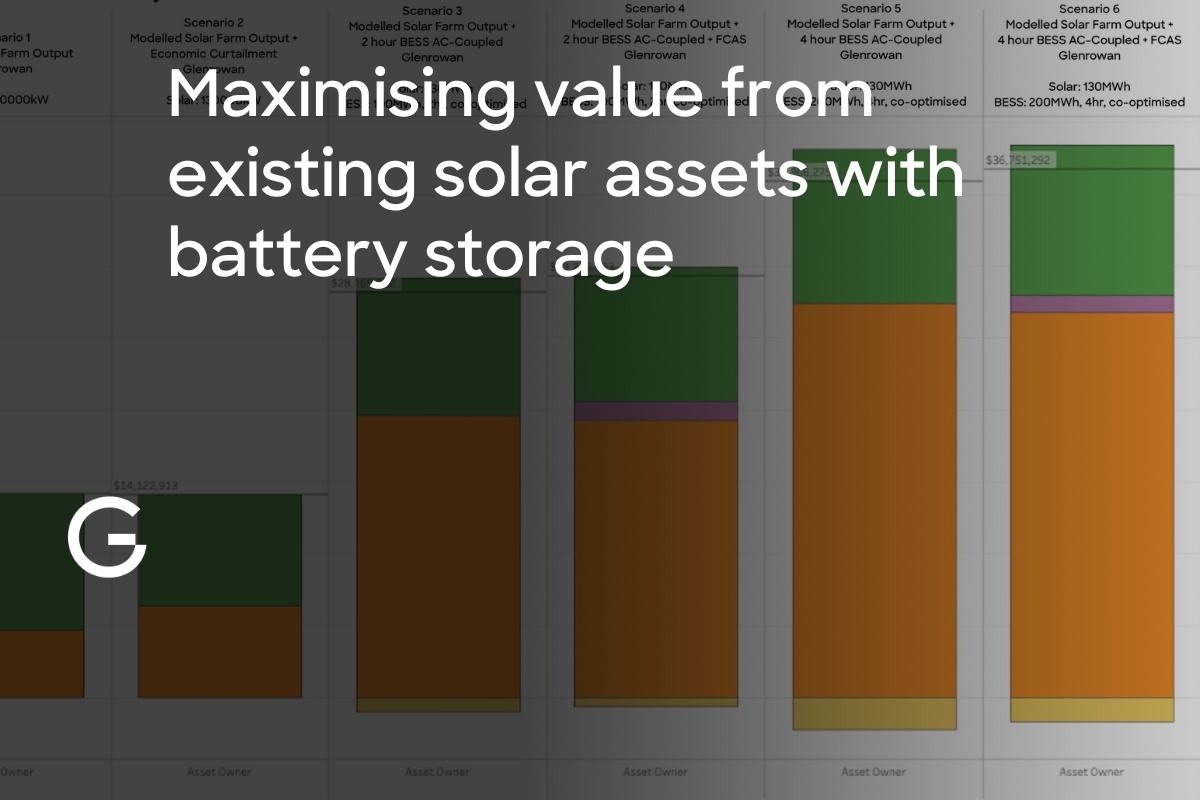Capacity Markets vs. Energy-Only Markets

Globally, there are two broad categories of energy market design: capacity markets, and energy-only markets.
In capacity markets there are explicit price signals for both the provision of generation capacity and the delivery of energy.
Capacity (MW) is usually valued via capacity auctions, often several years in advance. Energy (in MWh), on the other hand, is usually valued via day-ahead and real-time energy markets.
Capacity markets give more direct control to system operators to ensure enough generation capacity is installed, and can be an important driver of investment in new generation, providing a higher degree of revenue certainty for investors.
Energy-only markets, on the other hand, have no explicit mechanism for pricing capacity. Investment in new capacity is incentivised via uncertain and more dynamic energy prices.
When there is insufficient generation capacity in a given market, we expect more extreme price events that help fund new investment. Revenue surety can be achieved through bi-laterial trades with other market participants, or the trading of financial derivatives within secondary markets.
Energy-only markets are relatively uncommon, with only six around the world: Texas’ ERCOT, California’s CAISO, Alberta’s AESO, Australia’s NEM, New Zealand’s NZEM and Singapore’s NEMS. This market design emerged in the 1990s, driven by neoliberal reforms and UK economists inspired by market competition theory.
However, what might have worked well coming off the back of periods of significant investment from state-run electricity commissions is arguably struggling to keep up with the changing dynamics of grids with a high-penetration of renewable energy and increasingly uncertain pricing dynamics.
Proxy capacity mechanisms
Enter the proxy capacity markets – out-of-market mechanisms funded by the state to incentivise investment in new capacity, often preferencing certain kinds of technology.
The Capacity Investment Scheme (CIS) in Australia covers both the NEM and WEM. This is an example of an out-of-market contract that provides long-term revenue certainty for new renewable energy and battery energy storage projects (especially long duration batteries).
These contracts are tendered with individual project developers and provide guaranteed floors on energy market revenues, including a clawback on revenues above an agreed cap.
With the energy transition well and truly entering the messy middle phase, incentivising investment in new generation capacity will become increasingly important for governments to accelerate investment in new capacity, whether that is from traditional Capacity Markets or new capacity investment support schemes.
Introduction to Capacity Markets
Watch Fabian's Thinking Energy video to learn more about how traditional Capacity Markets work.




.jpg)

.jpg)

